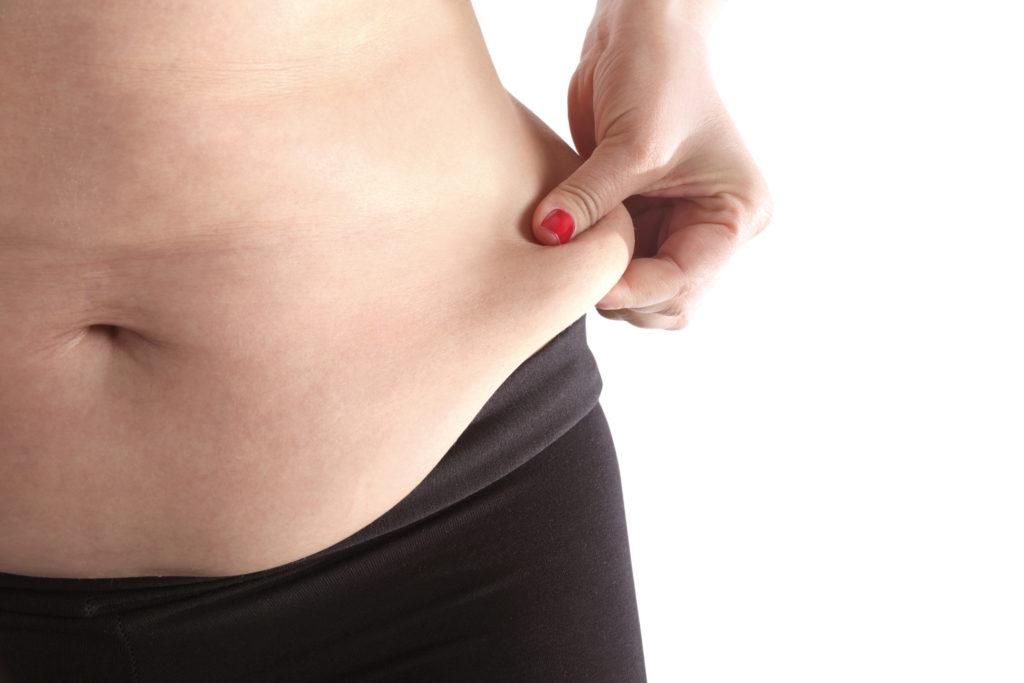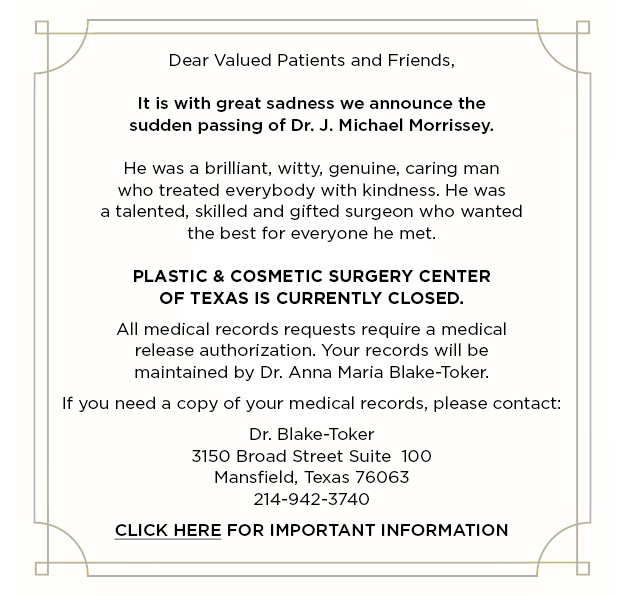
Losing weight can be difficult, but it’s usually doable once you find a sustainable eating plan and an exercise regimen that fits your lifestyle.
The problem is, even if you succeed in losing weight, you have no control over *where* the weight comes off! And sometimes, in spite of all your efforts, you’re left with certain areas of stubborn fat that just won’t budge.
If you find yourself in this situation, you may be considering non-dietary methods for getting rid of those fatty pockets. There are two popular alternatives many men and women choose when diet and exercise seem to be no longer effective.
One is liposuction and the other is CoolSculpting®, sometimes referred to as fat-freezing. This article will explore the advantages and disadvantages of both procedures.
Liposuction
Liposuction is minimally invasive and can treat many different body areas. The procedure can be performed using general or local anesthesia, depending on the areas treated and other variables. This is thoroughly discussed with the patient, and the surgeon typically makes his suggestions and gives his advice prior to treatment.
Of the two procedures, liposuction has been the most widely practiced, with the first documented use dating back to the 1920s. The modern development of liposuction occurred in the mid-70s and is credited to two Italian brothers who invented the first version of today’s cannula, the device used to suction fat cells from the body.
Liposuction Advantages
Liposuction has remained one of the top 10 most popular cosmetic procedures in the US for several years, and for good reason. Liposuction has a number of advantages over Coolsculpting®, some of which include:
- Typically, only one liposuction session is needed
- Liposuction allows for more precise shaping and contouring of the body
- Other cosmetic treatments can be done at the same time as liposuction
- Liposuction can be used with other techniques to enhance skin tightening
- More dramatic visible results can be seen sooner
Liposuction Disadvantages
- Although minimally invasive, liposuction is a surgical procedure, and therefore considered not without risk
- Activities are limited during the recovery period of about three to six weeks
- Possibility of irregularities on the surface of the skin
- A few days of downtime is typically recommended immediately following the surgery
Coolsculpting®
Coolsculpting® is one of several brand names for a procedure more commonly known as “fat-freezing. This technology is more of a newcomer than liposuction in fat reduction techniques, having been developed several years ago in 2010.
Coolsculpting® is performed by cooling the targeted area or fat pocket to 30°-40°F and maintaining it there for an hour. The sustained coldness freezes the fat cells in the area, causing them to die.
Over time, nature takes its course, and the dead fat cells are processed by the body and eliminated naturally. This means it will generally take about four weeks before you see initial results. It can take three to six months for full results to be seen.
Coolsculpting® Advantages
Coolsculpting®, or fat-freezing, offers some distinct advantages of its own, which helps maintain its high level of popularity. Some of the most significant ones include:
- Noninvasive without incisions, stitches or scars
- No downtime, can return to normal activities immediately
- Very little discomfort
- Coolsculpting® has none of the risks or side effects associated with surgery
Coolsculpting® Disadvantages
Every cosmetic procedure has its own set of advantages and disadvantages, and Coolsculpting® is no different. The biggest disadvantage of Coolsculpting® is that fat reduction results are not as dramatic. Other disadvantages include:
- Results are not immediate and may take up to six months to be visible
- It may take multiple sessions to achieve your desired results
- Does not provide skin tightening
- Possibility of irregularities on the surface of the skin
Summing It Up
Both procedures have characteristics that appeal to certain segments of the population. Your choice comes down to which one is a better fit for you and will best be able to deliver the end result you hope to achieve. Our Board Certified Plastic Surgeon, Dr. Wilcox, will help guide you in making the best decision for your unique situation.
It should be mentioned that neither procedure is a substitute for weight loss, nor were they designed to treat obesity. The best candidates for either treatment will be within about 30 pounds of their goal weight. To schedule your consultation, contact us today!

